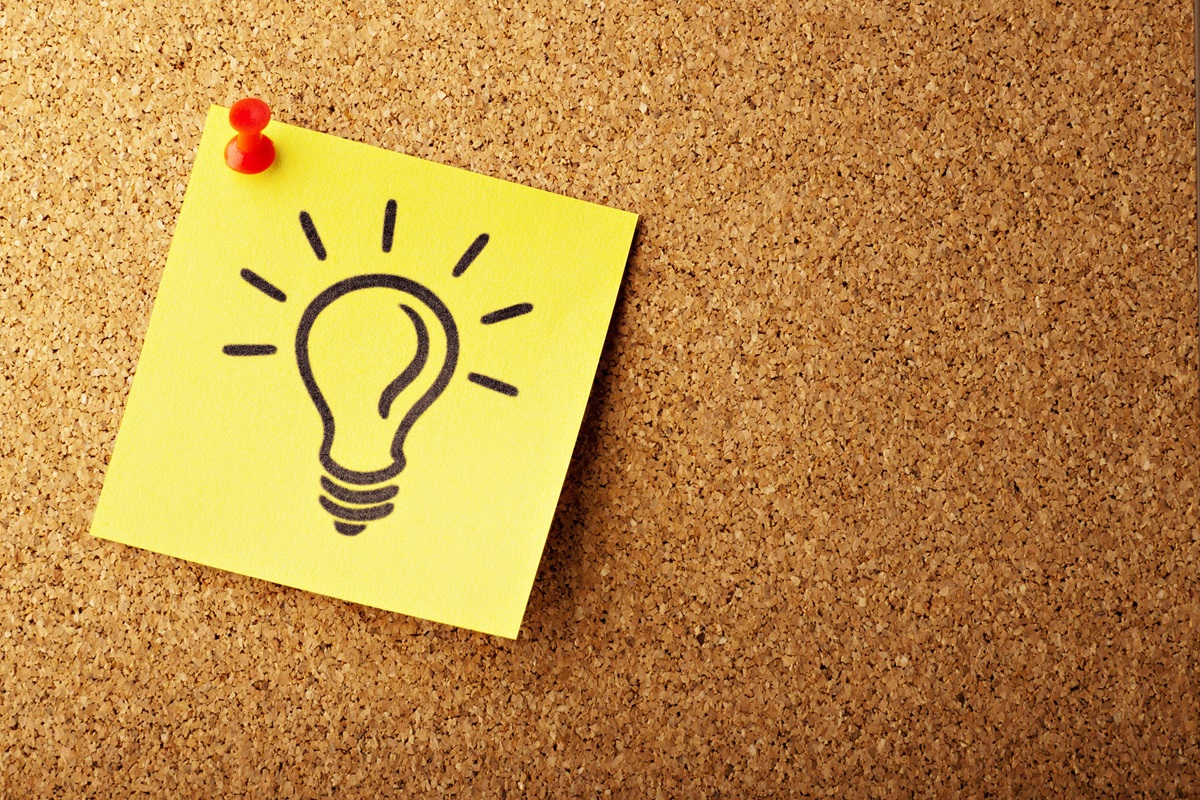 It’s the favourite time of year for most financial advisors – January. Also known as, Financial Wellness Month. A time to look ahead and plan out the 2024 budget, but also a time to reflect on what worked and what didn’t in 2023.
It’s the favourite time of year for most financial advisors – January. Also known as, Financial Wellness Month. A time to look ahead and plan out the 2024 budget, but also a time to reflect on what worked and what didn’t in 2023.
And it’s fair to say that it’s been a tricky or even tough year for many Canadians. The government has pledged to keep a lid on budget deficits and avoid exacerbating central bank efforts to slow inflation back to its preferred 2% target, as outlined in their Fall Economic Statement.
In the meantime, many of us have higher mortgage payments and bills to worry about. So, what can we do? I spoke with Steve Bridge, Certified Financial Planner and Alim Dhanji, Senior Wealth Advisor and here are their top four ways to improve financial wellness this year:
Budget Strategically
“Adjust your budget to accommodate increased living costs. And prioritize essentials and identify areas where expenses can be trimmed; this can help maintain financial stability during economic fluctuations,” says Dhanji.
Bridge refers to this as ‘clarity.’ He says that few people know exactly where all their money is going, only about 3-5% of people truly know. The big question is:
Is your money going where you want it to?
He says there are four categories when budgeting:
Fixed monthly costs – Mortgage, cell phone bill
Variable monthly costs – Groceries, gas, restaurants, toiletries, pet food
Yearly costs – Property tax, Costco membership
Random costs – Clothes, gifts, travel, car repairs, house repairs
“Being clear about where the money is going puts the power of choice in your hands,” adds Bridge.
Have an Emergency Fund
Year in and year out people get caught up financially when they must pay for emergencies.
Dhanji says to build and maintain an emergency fund to cover unexpected expenses; it should ideally cover six to twelve months of living expenses.
“The emergency fund acts as a financial buffer, providing a safety net during uncertain times and reducing the impact of sudden financial shocks,” he adds.
Stay on Top of Taxes
Bridge sees clients tripping over taxes frequently. He says to ask yourself: How can you minimize the amount of tax you pay? Consider the use of RRSPs, FHSAs and RESPS (not a tax break, but free money).
“Tax planning is not a one-size-fits-all exercise,” he says.
The best use of a TFSA is for long-term investing – even though it says Savings Account in the name. Ideally, you invest in there. (This is one financial faux pas we continue to see).
Here’s an example:
Ali, 31, starts off with $5,000 and starts investing it this year in her TFSA. For the next 20 years she adds $5,000 a year. She maintains a 6% rate of return. Inflation hovers around 2%. In 2044, she’ll end up just shy of $200,000. Not bad.
If Ali did the exact same thing with cash – she may end up saving an extra $20 on top of her $105,000 in contributions. Maybe.
Goals
“I was never a big goals person,” says Bridge. Today, it’s where he starts with clients because goals are so important.
A good place to begin is with short-, medium-, and long-term goal categories. Some common ones are earlier retirement, paying off debt and maxing out RRSPs; where they fall within goal categories depending on a person’s life stage.
Another popular topic right now is mortgages because of higher interest rates.
Some mortgage-related considerations are lump sum payments, moving to accelerated biweekly payments, and the pros and cons of mortgage renewal. How do your goals align with paying down your home?
All the above are excellent talking points for your next meeting with a financial advisor to discuss this year’s budget.
Because in the end – what is a budget really? “A budget is telling your money where to go, instead of wondering where it went,” says Bridge. He adds that that’s his new favourite quote.






:quality(80)/cloudfront-us-east-1.images.arcpublishing.com/morningstar/KWYKRGOPCBCE3PJQ5D4VRUVZNM.jpg)
:quality(80)/cloudfront-us-east-1.images.arcpublishing.com/morningstar/NYUEHSFI4BDCJPQZJ76HH4PKSM.jpg)





.png)








